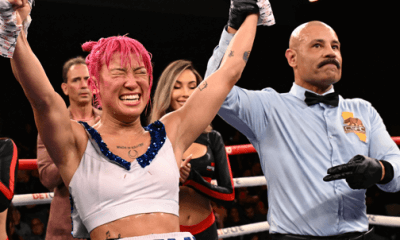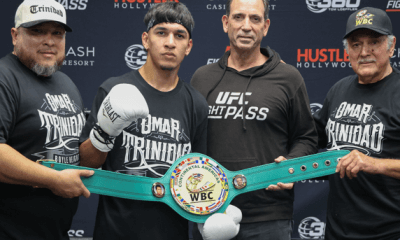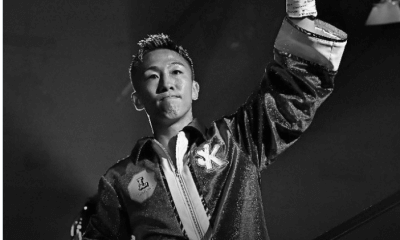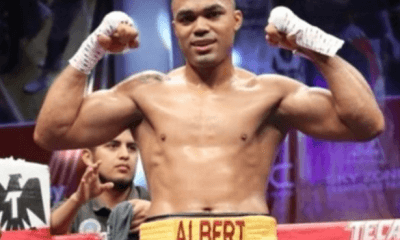Featured Articles
Kyoguchi Breaks Down Budler and Nietes Edges Ioka in Macau
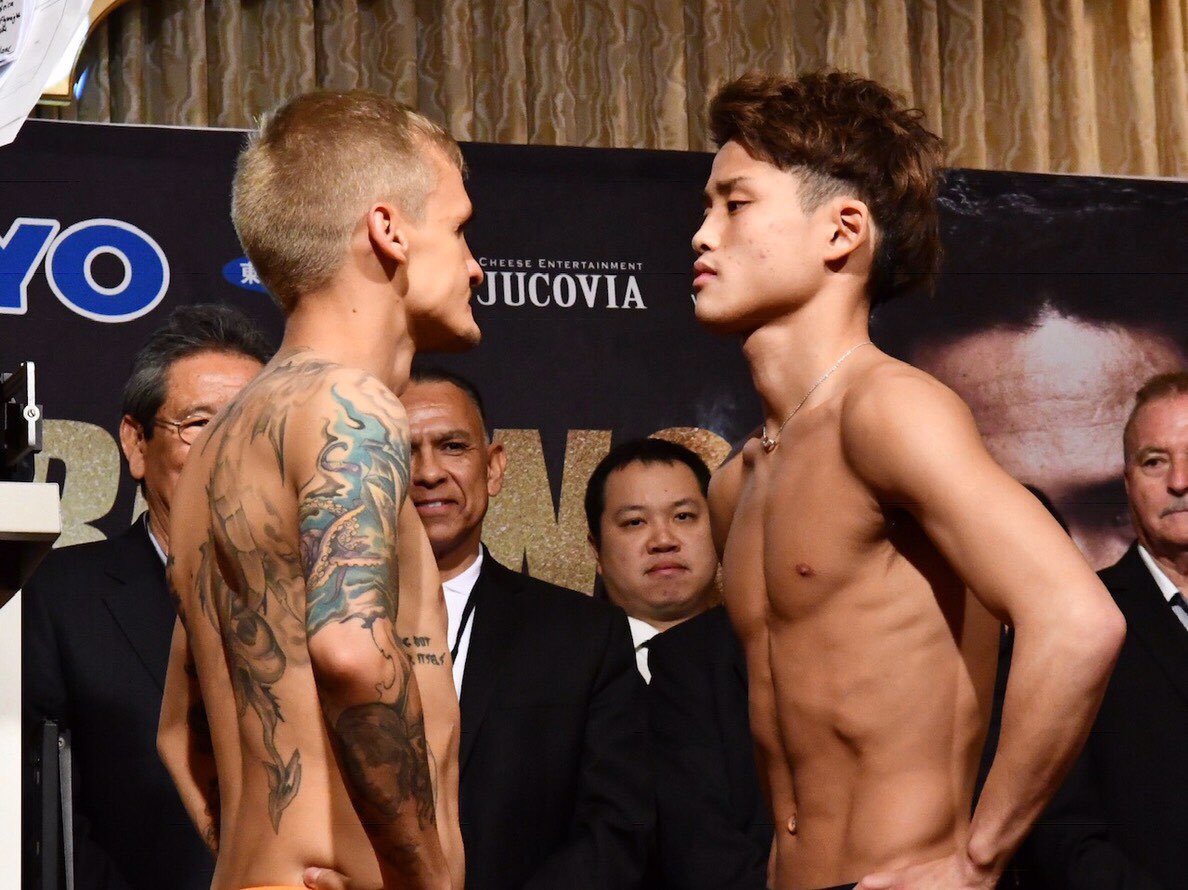
In Macau, China today, two excellent generational clashes unwound while most of America slept; in the UK the fights represented an early-morning treat for the fight fan.
If it seems as though Hekkie Budler, 32-3, out of Johannesburg, South Africa, has been around forever it’s with good reason. Budler is a veteran in the truest sense having boxed professionally for more than ten years and for most of this decade at championship level. He has wielded one belt or another for much of that time, holding straps in two different divisions.
Only thirty years old, his wealth of experience gave his match with Hiroto Kyoguchi, 11-0, out of Tokyo, Japan, a “passing of the torch” feel. Kyoguchi, who is twenty-five, broke through last year in taking a title at 105lbs in just his eighth fight. Powerful without being truly destructive, quick without being lightning, Kyoguchi is a fighter who boxes with a wisdom that belies his meager experience.
Indeed, he sought to impose his strength on the older man from the very first, handling him in the infrequent clinches and bringing steady pressure behind a direct, quick jab. But Kyoguchi comes across his front foot a little too heavily and Budler was taking advantage. Veteran, as we know, is a double-edged sword, and there is very little the South African hasn’t seen. He found his own jab, looked for a right hand to the body and an excellent short right to the head which impressed.
Kyoguchi, however, looked a clear weight class bigger than Budler, huge across the back and shoulders, and he had no problem shaking off most of this and continuing to apply pressure, to force Budler to move, to claim the center of the ring.
And as early as the second he was targeting Budler’s body. These punches, accompanied by a sick, wet sound, often sent Budler scurrying, or adjusting his guard. Kyoguchi was alert to this and he began head-hunting, especially behind a sickening left hook to the body. It was a cohesive, impressive performance from the Japanese and given his limitations, exactly the sort of mixture of generalship and physicality necessary to make the best of what he has.
Budler was wilting. He was fearful of the burgeoning body-attack wielded by the Japanese by the sixth and was trying very hard to stay on the move, boxing and picking his spots. Kyoguchi had the patience and metronomic pressure to cope with such strategy however, and Budler, I think, isn’t as capable of taking to his toes as he was in his twenties. The fight simmered down to hard exchanges, an arrangement that could only favor Kyoguchi.
Budler, however, ranked the #2 light-flyweight in the world at opening bell, is a fighter true. Clearly on the wane he continued to battle hard in the seventh, eighth and ninth, adjusting his waistband in a fruitless effort to limit the discomfort those body shots were causing, dropping his elbows, slipping and sliding and always punching back. But he did not win a round after the fourth on my card.
Kyoguchi is one-paced, yes, but he has been rolling over good competition, and Budler, the best he has faced, could do nothing to stop him. In the tenth, Budler was cut, worn, and every body shot inflicted a new misery. A booming left hook to the gut actually caused him momentarily to turn away, sickened. His corner pulled him before the eleventh; it was the right call. Obsessed with protecting his body, Budler had begun to ship to the head.
Kyoguchi, then, is the future. Now 12-0 he must now rank among the best at 108lbs just as he ranked one of the best at 105lbs. In a division stacked with excellent fighters out of Japan, there is an opportunity here for one man to emerge the best of them and that man would breach the pound-for-pound rankings. Whether or not Kyoguchi has the dimensions to emerge victorious from a series of such monumental confrontations with the likes of Ken Shiro, Ryoichi Taguchi and Tetsuya Hisada remains to be seen but it is a mouth-watering prospect.
Also mouth-watering was the co-main event in Macau, another meeting staged across generations, between Donnie Nietes and Kazuto Ioka.
Nietes, now 36, is the grandfather of Filipino boxing and he has the 42-1-5 record to prove it. That sole loss came against an opponent that busted the agreed weight limit by two weight-classes and even then, barely squeaked past the then inexperienced Nietes; that was thirteen years ago.
Nietes makes Budler look wet behind the ears.
His opponent was the Japanese, Kazuto Ioka. Ioka, 23-1 going in, lost a narrow and disputed decision to Amnat Ruenroeng back in 2014, but like Nietes, and despite having far less time in which to achieve such a feat, he has held belts at three separate weights.
These two were meeting, then, for the right to call themselves “four weight world champions” and even allowing for the pitiful watering down of the meaning of that phrase by the belts-for-hire attitude of the sanctioning organizations, that is impressive.
Nietes, also known as “Snake”, remained coiled for much of the first round, perhaps measuring the guns of his younger, larger opponent. These were in the main a stiff jab, sometime right hand to the body behind that shot, and a very nice cuffing left hook off a feinted jab. In the final seconds he added a left hook to the body that Nietes didn’t care for; clearly the older man had his work cut out.
In the second, he unveiled his grand strategy. Nietes was going to try to out-squabble Ioka. Distinct from out-fighting him, this involved letting the younger man set the pace then just, barely, out-hitting him in distinct exchanges where he would try to counter and snipe his way to superiority enough times to bag individual rounds and hence the fight.
It was a bold approach and one that involved ceding aspects of the fight to his opponent, but Nietes had fought for straps almost as often as Ioka had donned the gloves. He backed himself and it made for a fascinating contest.
After six absorbing and intensely contested rounds, none of them absolutely clear, I saw it all-square; after ten, I still couldn’t separate them and it seemed the fight might be settled in the eleventh and twelfth rounds.
Here Nietes fight-plan revealed its limitations. He might have been expected to try to control Ioka with virtual threats to keep his workrate down to a pace he was more comfortable with. Instead, he tried to match and eclipse that workrate with punches of his own. Now, his thirty-six year old tank was emptying. Still his precise punching and smarts made the round close, Ioka looking for the breather by the ten second marker. Nietes was lunging though and suddenly available for counters himself.
The two exchanged curt nods at the opening of the twelfth but watching live I thought Ioka missed a chance here. Had he barreled into Nietes I think the Filipino would have given way. As it was he felt his way into a round that seemed a crucial one, for all that we now know Ioka couldn’t win on the cards and needed a knockout. Although he held and was clearly very tired, I think this round belonged to the Snake. This is a nickname Nietes has earned.
A special word for the scorecard of Levi Martinez, who was either drunk, corrupt or does not have a proper understanding of the rules of boxing; his score of 118-110 for Nietes is impossible.
The other two judges scored it 116-112 with a card for each fighter, making this a split-decision victory for Donnie Nietes. He climbs to 42-1-5 while Ioka drops to 23-2.
A rematch would be very welcome and would likely make sense for both men. But the evergreen Nietes is nearing the end now for all that he manages to continue to postpone it. He may chase the money.
Sandwiched between these two excellent fights was the inexplicably hyped contest between Moruti Mthalane and Masahiro Sakamoto. Mthalane, among the best ten in his division if only barely, stopped the unranked Sakamoto in ten rounds.
Check out more boxing news on video at The Boxing Channel
To comment on this article in The Fight Forum CLICK HERE
-

 Featured Articles3 weeks ago
Featured Articles3 weeks agoThe Hauser Report: Zayas-Garcia, Pacquiao, Usyk, and the NYSAC
-
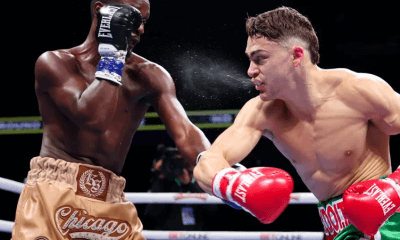
 Featured Articles2 weeks ago
Featured Articles2 weeks agoOscar Duarte and Regis Prograis Prevail on an Action-Packed Fight Card in Chicago
-
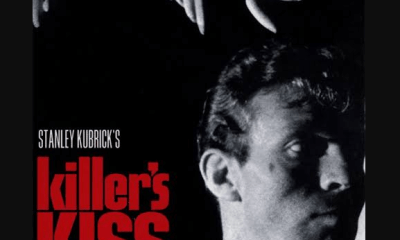
 Featured Articles1 week ago
Featured Articles1 week agoThe Hauser Report: Cinematic and Literary Notes
-
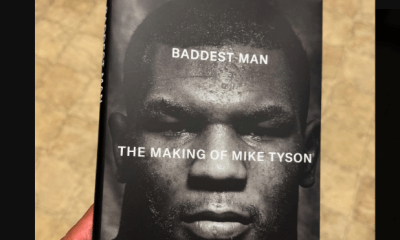
 Book Review5 days ago
Book Review5 days agoMark Kriegel’s New Book About Mike Tyson is a Must-Read
-
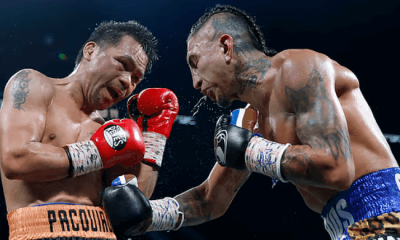
 Featured Articles4 weeks ago
Featured Articles4 weeks agoManny Pacquiao and Mario Barrios Fight to a Draw; Fundora stops Tim Tszyu
-
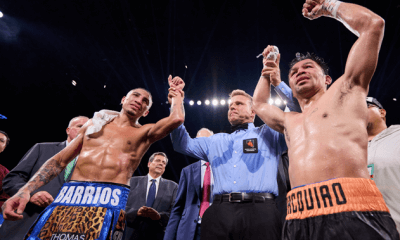
 Featured Articles4 weeks ago
Featured Articles4 weeks agoArne’s Almanac: Pacquiao-Barrios Redux
-

 Featured Articles3 weeks ago
Featured Articles3 weeks agoRemembering Dwight Muhammad Qawi (1953-2025) and his Triumphant Return to Prison
-
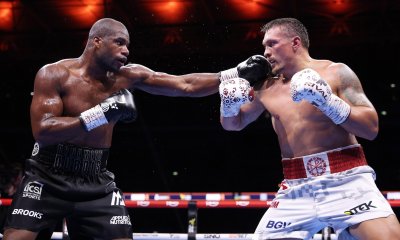
 Featured Articles4 weeks ago
Featured Articles4 weeks agoOleksandr Usyk Continues to Amaze; KOs Daniel Dubois in 5 One-Sided Rounds


